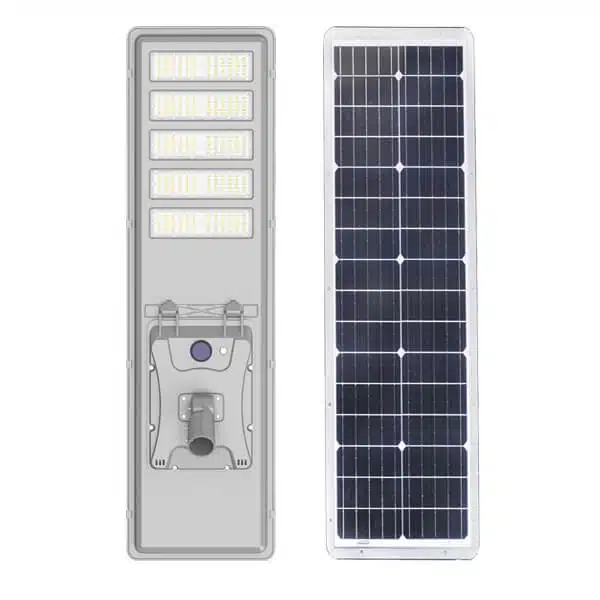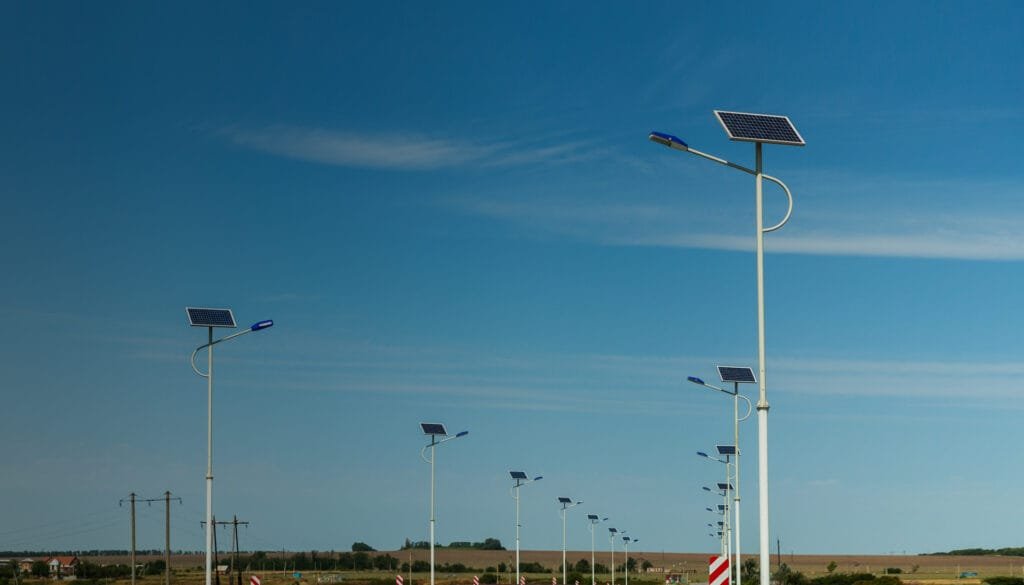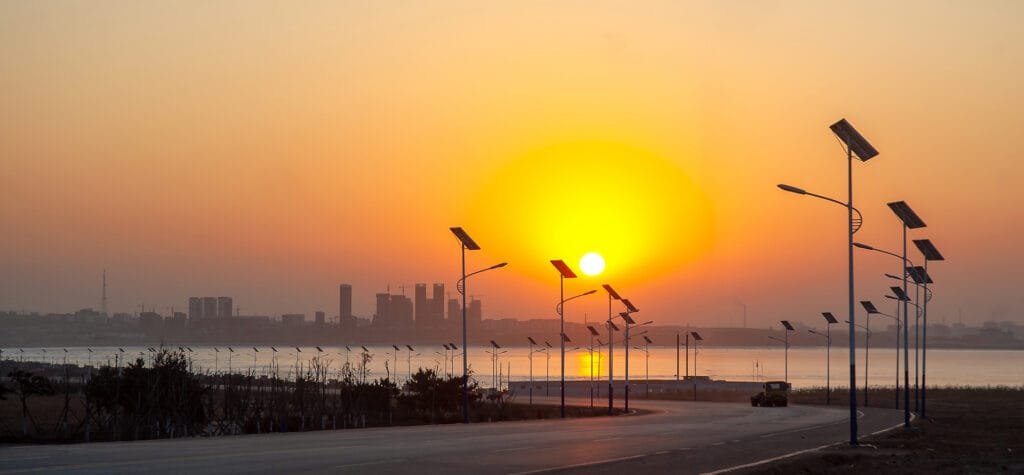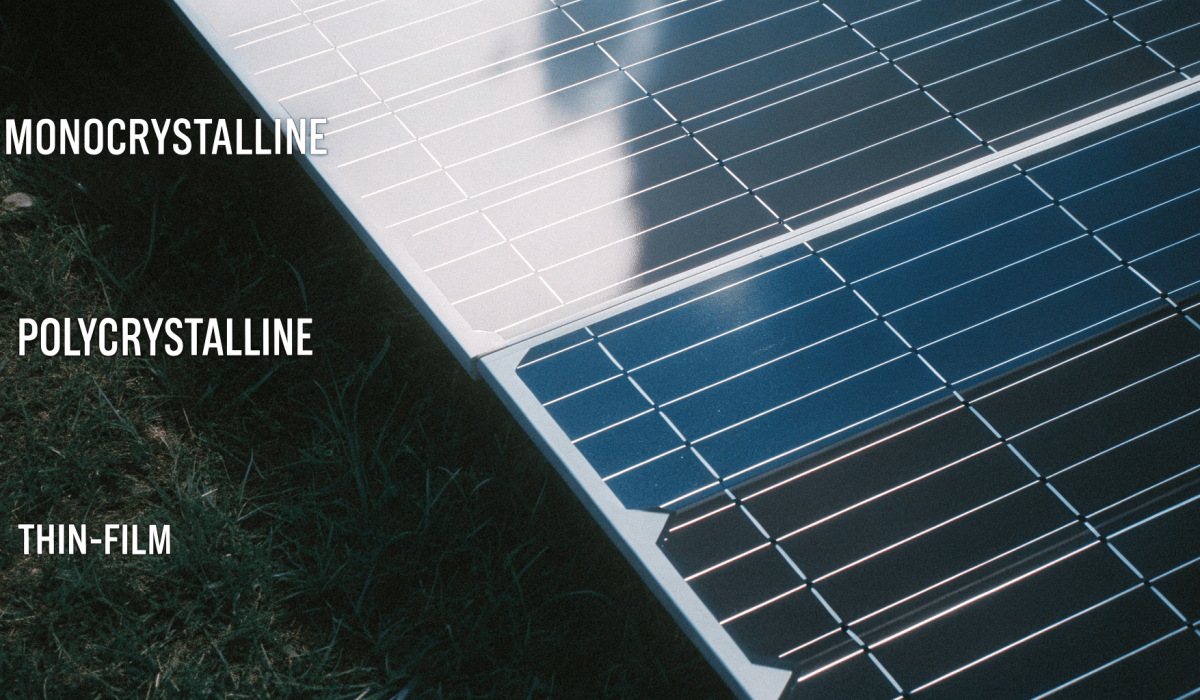Street lamps are the backbone of urban safety and infrastructure, evolving rapidly with the rise of smart, solar, and LED technologies. As cities expand and rural areas demand sustainable lighting, modern solutions are reshaping how we illuminate our roads, communities, and public spaces.
Evolution of Street Lamps: From Past to Future
Street lamps have transitioned from traditional high-pressure sodium (HPS) and metal halide lamps to LED, solar, and now smart poles.
- HPS lamps: High brightness but high energy use, poor color rendering.
- Metal halide lamps: Better visibility, but costly maintenance.
- LED street lamps: High efficiency, long life, up to 60% energy savings.
- Solar street lamps: Independent, off-grid, ideal for areas without electricity.
- Smart lamp posts: Multi-functional, integrating IoT, Wi-Fi, and surveillance.
📊 Trend: LED now represents over 70% of new street lighting installations worldwide.
Street Lamp Applications Around the World
Street lamps serve diverse applications that impact safety, energy efficiency, and connectivity.
- Urban roads & highways – Reduce traffic accidents by up to 30% with proper illumination.
- Rural electrification – Solar street lamps transform villages with no access to the grid.
- Commercial & industrial areas – Enhance security while reducing operating costs.
- Smart city projects – Street lamps integrated with 5G and IoT platforms enable real-time monitoring and data sharing.
Street Lamp Technologies in 2025
By 2025, street lamp technologies are defined by efficiency, sustainability, and connectivity.

- LED + Motion sensor: Lights dim when no activity, saving up to 80% energy.
- Solar street lamp: Off-grid, scalable for developing countries.
- Smart lamp post: With cameras, Wi-Fi hotspots, and EV charging points.
- Hybrid grid-tied + solar: Optimized for citywide projects reducing dependence on fossil fuels.
Real Case Study: Solar Street Lamps in Kenya
Kenya has become a benchmark in Africa for large-scale solar street lighting projects, showing measurable economic and social benefits.
- In 2019, Nairobi County installed 10,000 solar street lamps across highways, estates, and informal settlements.
- Each lamp delivered 30W LED output with lithium-ion battery storage, providing 8–12 hours of lighting autonomy.
- According to the Kenya Urban Roads Authority, the project reduced electricity bills for public lighting by 35% annually, saving an estimated USD 2.1 million per year.
- Traffic data recorded by Nairobi police showed a 19% reduction in nighttime road accidents in illuminated areas within the first year.
- Local businesses in illuminated markets reported sales growth of 15–20%, as evening activity became safer and more vibrant.
📌 Key takeaway: A well-executed solar street lamp rollout not only saves costs but also directly improves safety and local economic development.
Case Study Comparison: Kenya vs Nigeria
West Africa is another hotspot for solar street lamp deployment. Nigeria, Africa’s most populous country, has rolled out ambitious projects to tackle energy shortages and urban safety.
| Country | Year & Project | Scale & Technology | Impact |
|---|---|---|---|
| Kenya | 2019 – Nairobi Urban Roads Project | 10,000 solar LED lamps, 30W each, lithium-ion batteries | - 35% reduction in power costs - 19% fewer road accidents - USD 2.1M annual savings |
| Nigeria | 2021 – Lagos Solar Lighting Initiative | 20,000 units across highways & rural roads, 40W LED with LiFePO₄ batteries | - Cut diesel generator reliance by 25% in project zones - Boosted nighttime business activity by 18% - Reduced CO₂ emissions by ~12,000 tons annually |
📌 Why it matters: Both Kenya and Nigeria demonstrate that solar street lamps are not just an energy solution—they are a catalyst for urban safety, cost reduction, and carbon savings.
Middle East Case Study: Smart Street Lamps in Saudi Arabia (NEOM Project)
Saudi Arabia’s NEOM city is a global example of integrating smart street lighting into futuristic urban planning.

- In 2022, NEOM launched its smart street lighting program as part of a USD 500 billion mega-city project.
- Over 15,000 smart street lamp poles were installed in the first phase, each equipped with LED fixtures, IoT sensors, 5G modules, and EV charging ports.
- Energy management systems reduced lighting electricity consumption by up to 45%, while predictive maintenance systems cut O&M costs by 30%.
- Smart poles provided real-time air quality monitoring, traffic data collection, and public Wi-Fi hotspots, positioning lighting as part of the city’s digital infrastructure.
- The project is expected to save over 250 GWh of electricity annually and reduce CO₂ emissions by 150,000 tons.
📌 Key takeaway: NEOM shows how street lamps evolve from pure lighting assets into multi-functional urban platforms, combining sustainability with digital innovation.
Street Lamp Market Trends & Growth Drivers
The global street lamp market is expanding rapidly, driven by sustainability and urbanization.
- Market size expected to exceed USD XX billion by 2030 (industry research).
- Government green lighting policies accelerate LED and solar adoption.
- Africa, Middle East, Southeast Asia: Fastest-growing regions due to urban expansion.
- PPP (Public-Private Partnerships): Enable financing of nationwide street lighting projects.
Factors to Consider Before Choosing a Street Lamp
Choosing the right street lamp depends on technical, environmental, and compliance needs.
- Brightness: Lumens and wattage based on road type.
- Pole height & material: Steel, galvanized, or octagonal for wind resistance.
- Energy source: Grid-connected, solar, or hybrid.
- Smart features: Sensors, cameras, remote monitoring.
- Certification & compliance: ISO, CE, RoHS for project approvals.
Street Lamp Installation & Maintenance Best Practices
Successful projects require robust planning and long-term upkeep.

- Conduct site surveys & lighting design simulations before installation.
- Ensure proper pole foundation and wind load resistance.
- Regular solar panel cleaning and LED heat dissipation checks.
- Implement remote monitoring to reduce O&M costs and downtime.
Leading Street Lamp Suppliers & Manufacturers
Street lamp supply is led by strong bases in China, India, and Europe.
When selecting a supplier:
- Check certifications (ISO, CE, IEC).
- Verify factory capacity and production quality.
- Request project references and case studies for credibility.
👉 Contact Our Factory today for customized street lamp solutions tailored to your project needs.
FAQ Section (Google Snippets)
How long does a street lamp last?
Modern LED lamps last 50,000–100,000 hours, equivalent to 10–20 years.
Which is better: LED vs Solar street lamp?
LED is efficient but grid-dependent; solar LED is sustainable and ideal for off-grid use.
What is the average cost of installing 1 km of street lamps?
Costs vary by country and design, typically USD 25,000–50,000 per km.
Can street lamps be integrated with smart city platforms?
Yes, smart poles integrate IoT sensors, traffic cameras, and communication modules.
On-Page SEO Plan
- Primary Keyword: street lamp
- Long-tail Keywords: solar street lamp system, smart street light pole, LED street lamp price, street lamp suppliers
- Meta Title: Street Lamp 2025: Smart, Solar & LED Solutions for Cities
- Meta Description: Learn about modern street lamps – from LED and solar to smart city solutions. Explore applications, prices, and global market trends.


